
Number will rise before it falls
More covid patients are in Devon's hospital now than at the peak of the pandemic, and the number is set to rise until the end of November.
Dr Paul Johnson, chairman of Devon Clinical Commissioning Group, presented the stark picture to the Local Outbreak Engagement Board. Currently 219 patients are in hospitals in Devon with the disease, although not all were admitted with it.
Dr Johnson said: “Lockdown coming when it did was very good news for us as if cases kept rising beyond the end of November, then the NHS wouldn’t have been able to cope.” He said the south west could run out of beds faster than other regions, due to geography, an older population and a relatively lower proportion of beds, which makes the region vulnerable.
The board heard that in April and May, elective referrals from GPs to hospitals were only at 40 per cent of the usual figures as people stayed home, but as of September, that was nearly back up to 100 per cent, with Dr Johnson saying: “Unlike the first wave when we had breathing space from routine elective activity, we are not seeing that this time.”
He added that in the first wave, cancer referrals in April fell to around a quarter of their usual levels, only returning to normal by June, adding: “That gave us breathing space, but was a worry that people with cancer symptoms were not coming forward and missing the chance for an early diagnoses. We are still waiting to see if that is the case and referrals have picked up and back at the high level and we are confident we are picking up the diagnoses now but have the added pressure.”
And he said that accident and emergency admissions fell to around 40 per cent of usual levels in the spring, but they have also returned to just below normal levels, but it felt more pressured due to the extra infection controls that need to be taken.
Normally the NHS aims to only have a maximum of 90 per cent of hospital beds occupied to ensure they have capacity to deal with any ‘surge events’ but that in the spring, only 45 per cent of beds were being used after discharging patients to ‘deal with what could have been the worst case scenario’.
Dr Johnson said: “The number of covid-19 patients in hospital has exceeded the peak in the first wave, which gives us problems in hospitals. Some operations have had to be cancelled and we are having to close some wards as people who when admitted tested negative initially have in subsequent screenings tested positive and when happens, they are usually on a non-covid ward so that had implications around discharges and bed occupancy.
“We are not see a slowing yet and it usually around four to five weeks before any impact on hospital admissions from measures so we won’t see anything from the lockdown until the end of November, and we expect to see more of a rise for the next two and a half weeks, and then a drop as we see the impact on the lockdown.
“We are making plans to optimise the use of beds and to get people home quickly, but if it keeps rising beyond the end of November, then the NHS wouldn’t have been able to cope, so lockdown coming when it did was very good news for us to cope.”
Dr Virginia Pearson, director of Public Health for Devon, said that it was more important than ever that the public interventions of social distancing, hand washing, and wearing face coverings were adhered to do in order not only to protect ourselves but the NHS as well. She added: “We can see the spread of the virus leading to increase in case in older age groups, which parallels with pressure with the NHS. There is some encouraging info from the North which suggests that they have peaked and but we will see the pressure going up for a couple of weeks, so need to expect some disruption to services.”
Simon Chant, public health specialist, said that the infection rates for Devon were 104 per 100,000 population, which was well below the figures for Plymouth and Torbay, and significantly below the England average of 245 per 100,000. Figures for Exeter, East Devon, North Devon and West Devon were just over the 100/100,000 mark, with lower numbers in Teignbridge, South Hams, Torridge and Mid Devon.
Dr Pearson added that the underlying backdrop was of a gradual increase in case numbers, but that the amount of testing in Devon has increased phenomenally, from around 8,000 tests a week back in September to over 20,000 tests a week now. She said: “Partly there are more cases because of more testing, but there is also more spread, and the pattern is small numbers scattered across the whole of Devon. There is more testing availability in Devon with the number of national labs increased, but also people are recognising that important if have symptoms to get tested."
Since the second lockdown began last Thursday, figures showed that traffic on Devon’s roads was down 30 per cent on weekdays and 40 per cent on weekends, but that compared to a 70-80 per cent during the first lockdown.
Dr Pearson added: “The big difference is that in the first lockdown, schools were closed, so some of the transport is school traffic. This will give us an idea of the extent how much younger people are impacting the spread. There has been an impact in schools, but not huge or a significant issue, so we will keep a close eye on the incidence, where it is, and what age groups as we go through the lockdown.”
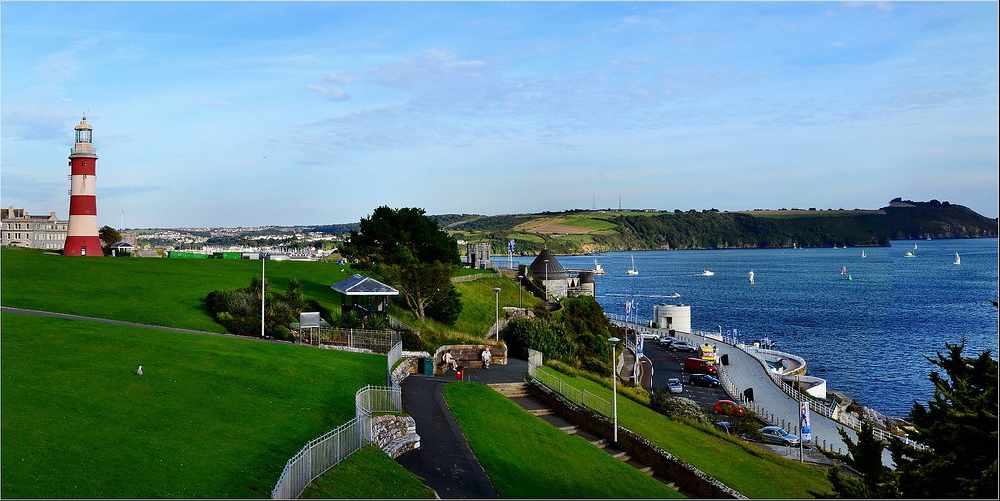 Calls for inclusion on Plymouth lord mayor role
Calls for inclusion on Plymouth lord mayor role
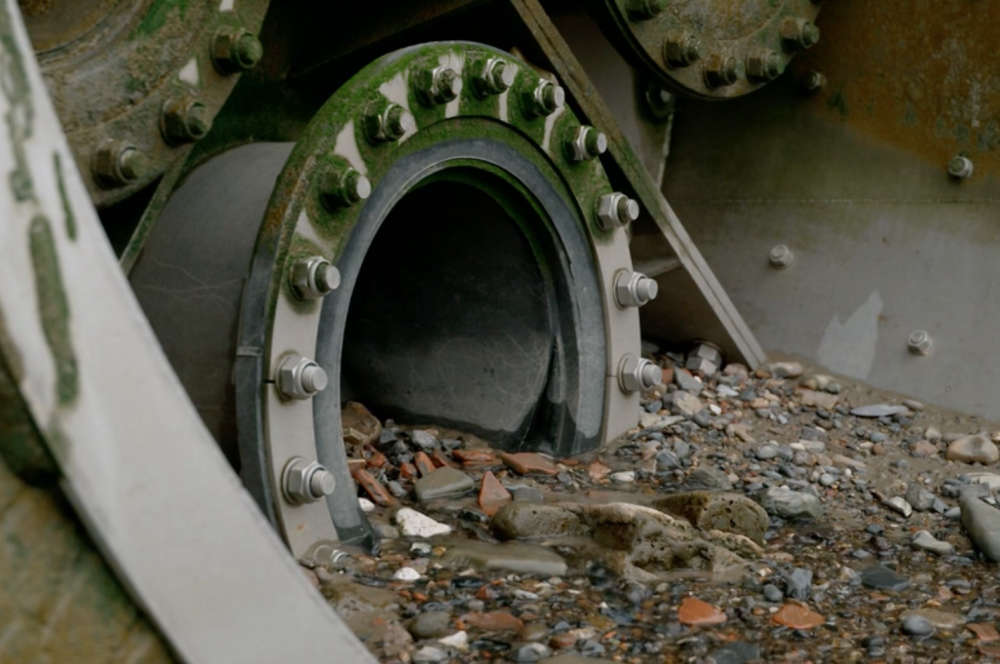 Upgrades to Plymouth storm overflows to take place
Upgrades to Plymouth storm overflows to take place
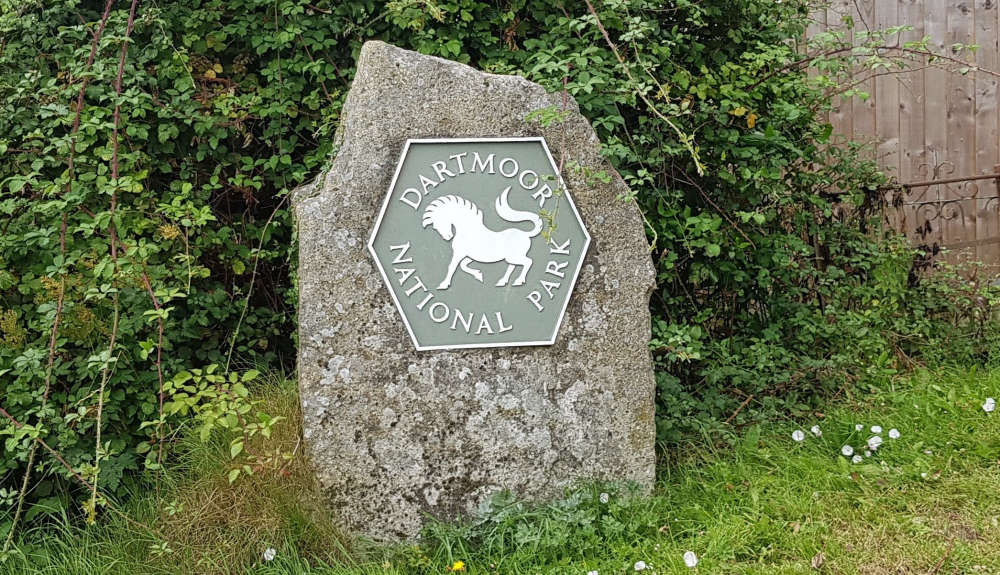 Dartmoor finances facing biggest cut for years
Dartmoor finances facing biggest cut for years
 Rare curlews and martens are leaving Dartmoor - for now
Rare curlews and martens are leaving Dartmoor - for now
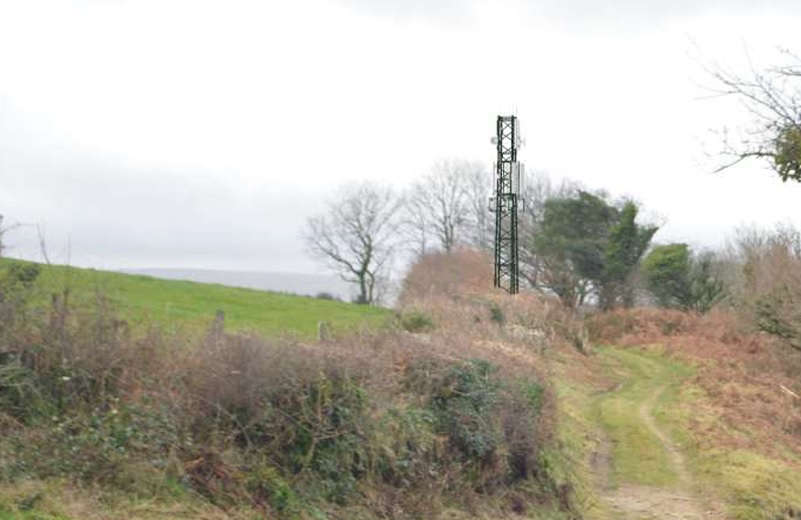 Dartmoor phone mast gets the go-ahead
Dartmoor phone mast gets the go-ahead
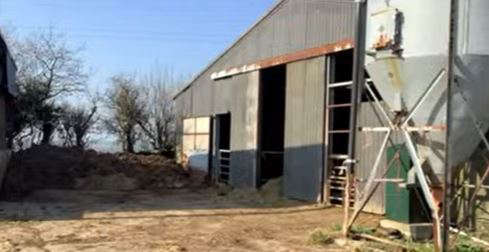 Livestock processing plant refused at Shebbear
Livestock processing plant refused at Shebbear
